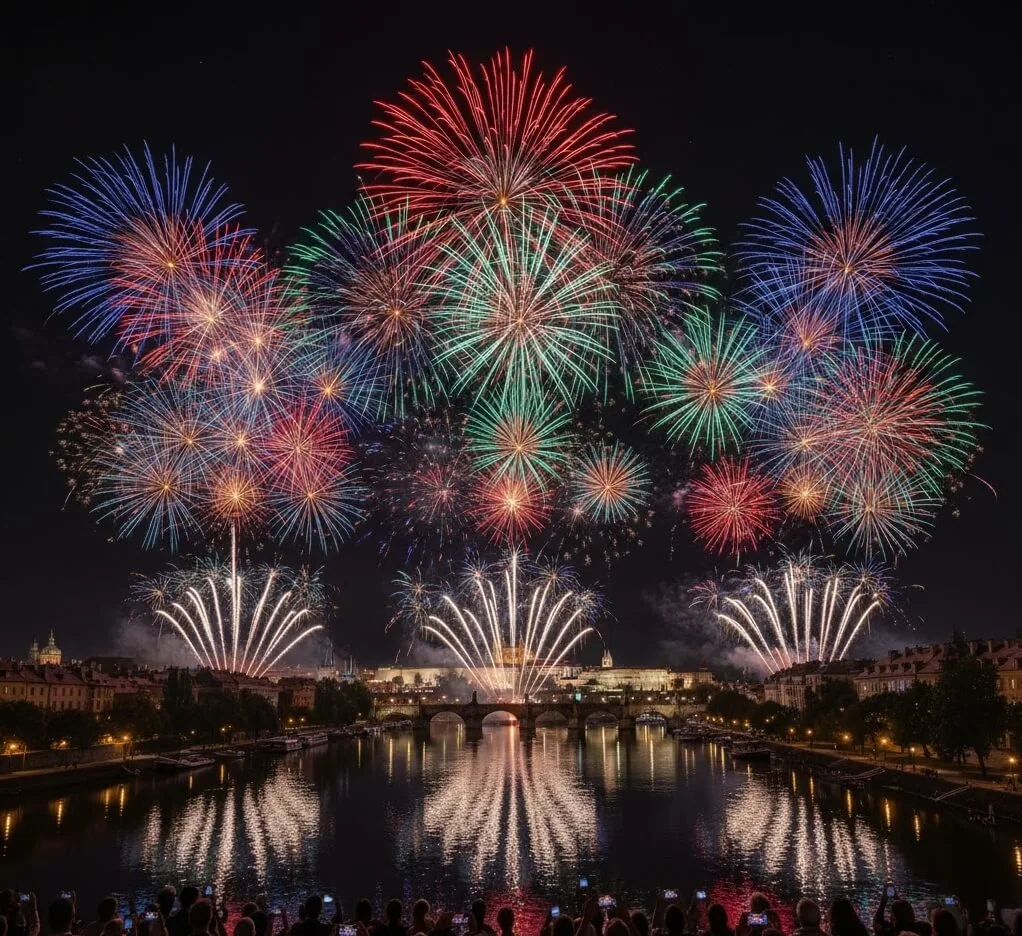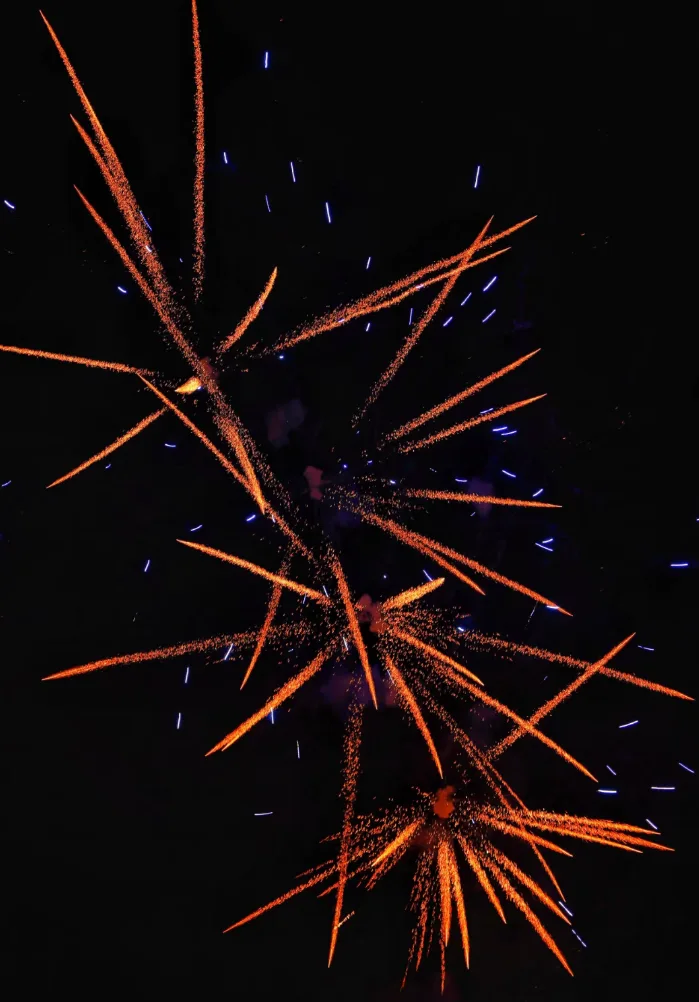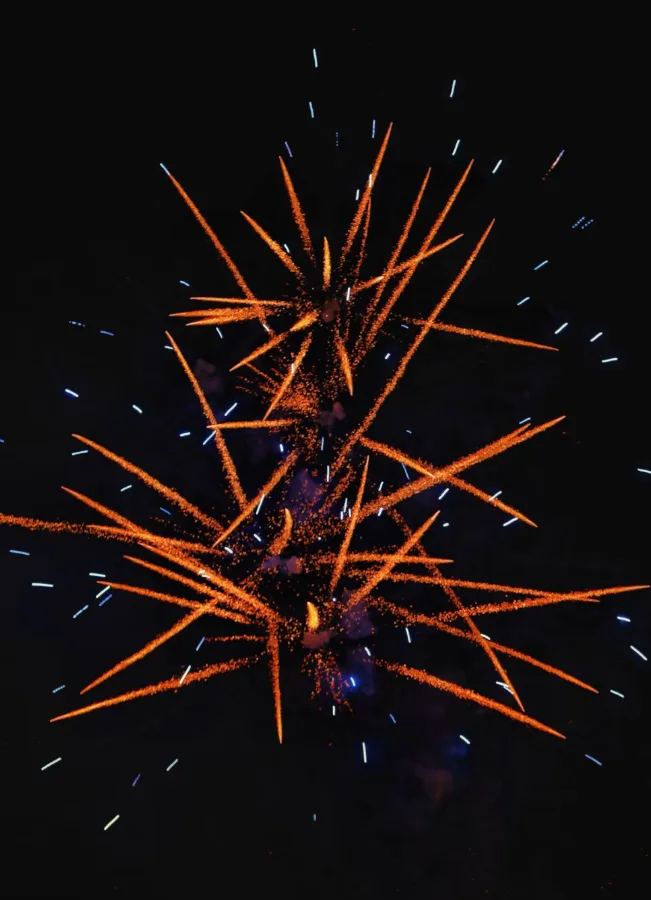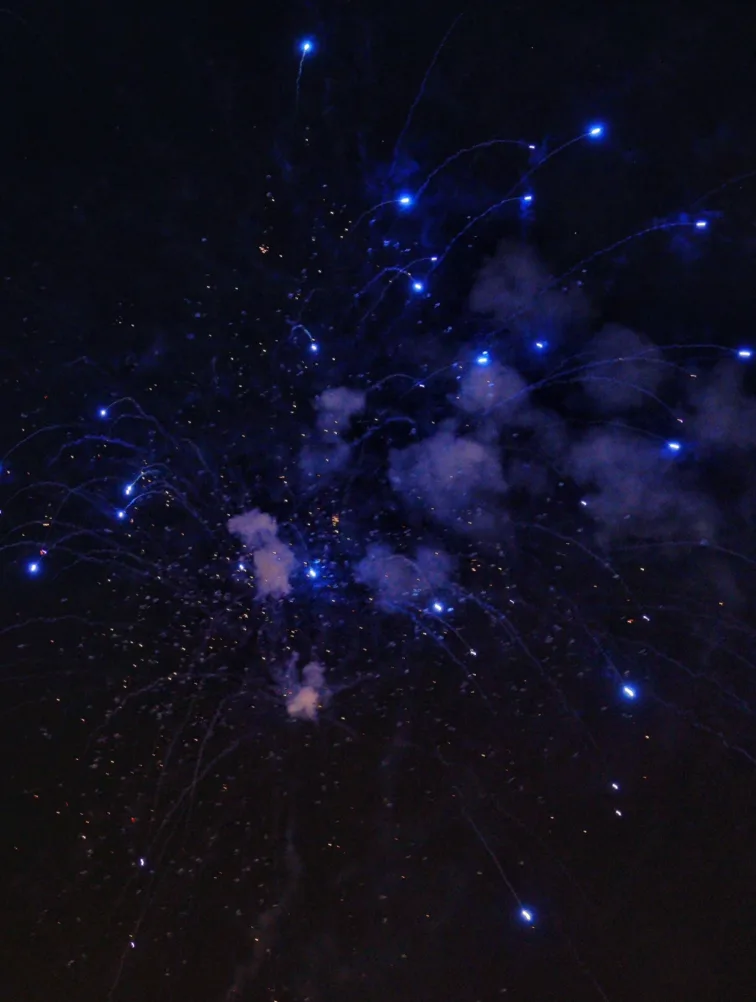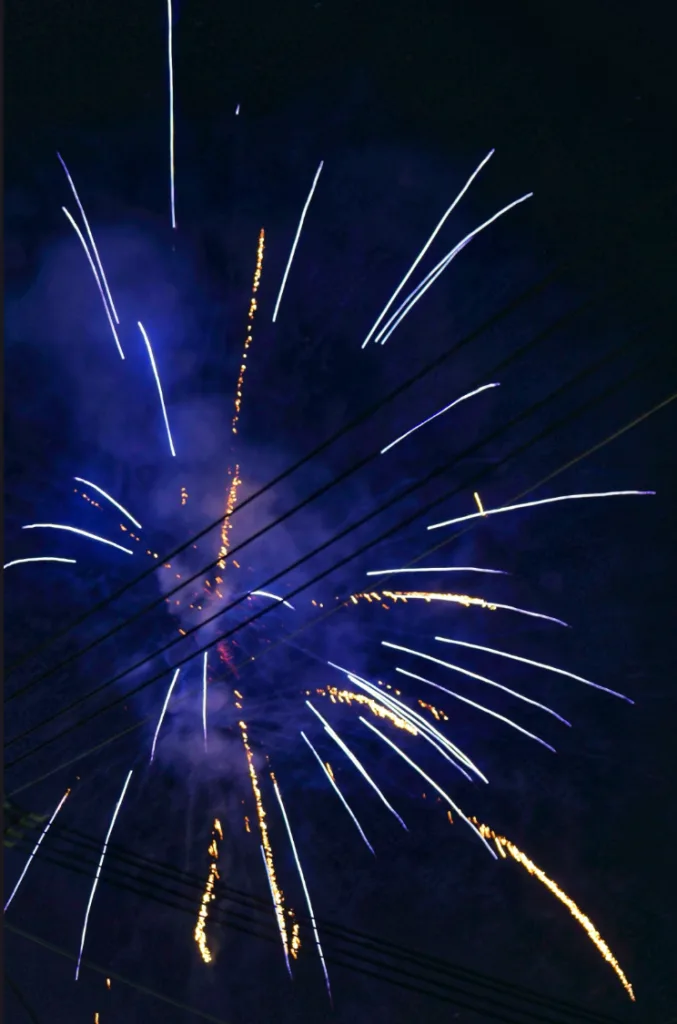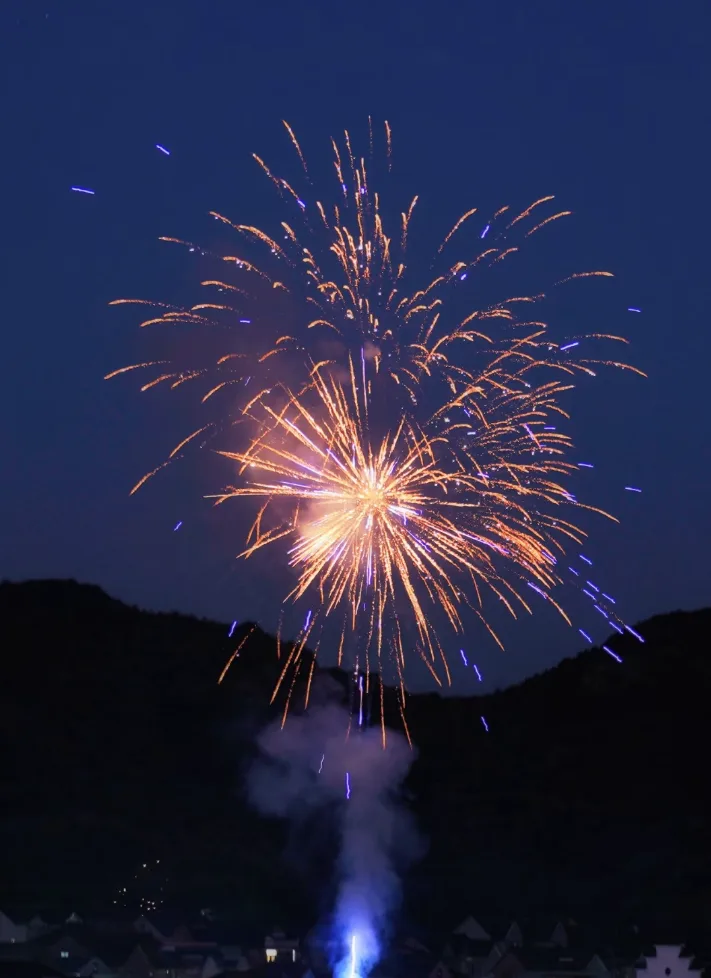For centuries, fireworks have been a universal symbol of human celebration and wonder. They are more than just a product of noise and gunpowder; they aremeticulously orchestrated, fleeting works of art painted across the canvas of the night. From their ancient origins to modern grand displays, fireworks encompass a rich history, compelling science, and a universal appeal that transcends cultures and languages.
Echoes of History: From Alchemy to Celebration
The genesis of fireworks lies in 7th-century China, where Taoist alchemists, in their quest for an elixir of immortality, inadvertently mixed saltpeter, sulfur, and charcoal, creating the first gunpowder. Initially used for military purposes, its sound and light were quickly imbued with ceremonial significance—believed to ward off evil spirits and mark celebrations. The technology spread along the Silk Road to the Middle East and Europe, evolving into the dazzling spectacle we know today. During the Renaissance, Italian artisans pioneered firework design, elevating it to a refined court art form used exclusively for royal festivities and religious holidays. Each burst carries the weight of history and humanity's shared anticipation for beautiful moments.
The Secret of Color: The Chemical Magic of Fire
To fully appreciate the allure of fireworks, one must grasp the precise science behind them. Every component of a firework shell—from the fuse and the lifting charge to the color-producing “stars”—is meticulously calculated. The vibrant colors are not random; they are produced by the combustion of specific metal salt compounds.
| Color | Chemical Element |
| Red | Strontium Salts |
| Blue | Copper Salts |
| Green | Barium Salts |
| Yellow | Sodium Salts |
When the shell is launched high and ignited, the intense heat from combustion excites the electrons in the metal atoms. As these excited electrons return to their ground state, they release energy in the form of light with a specific wavelength, which is the color we perceive. The shape and pattern are determined by the arrangement and shape of the "stars" inside the shell. This rigorous chemical process transforms dangerous gunpowder into a brilliant visual spectacle.
A Universal Emotional Connection
Whether marking the New Year, a national holiday, or a private wedding, firework displays possess a power to unite people. They compel us to momentarily put down our devices, look up, and collectively share in a grand light show under the same sky. The ephemeral nature of fireworks serves as a reminder to cherish the present moment, while their loud bursts symbolize the power to dispel darkness and welcome light. This shared, sensory experience forges deep and lasting festive memories.
Conclusion
Fireworks stand at the crossroads of science, history, and art. They use gunpowder as their ink and the night sky as their canvas to illustrate humanity's enduring pursuit of joy, hope, and wonder. The next time you look up at a fireworks show, take a moment to consider the generations of ingenuity and imagination contained within that brief, spectacular flash.

